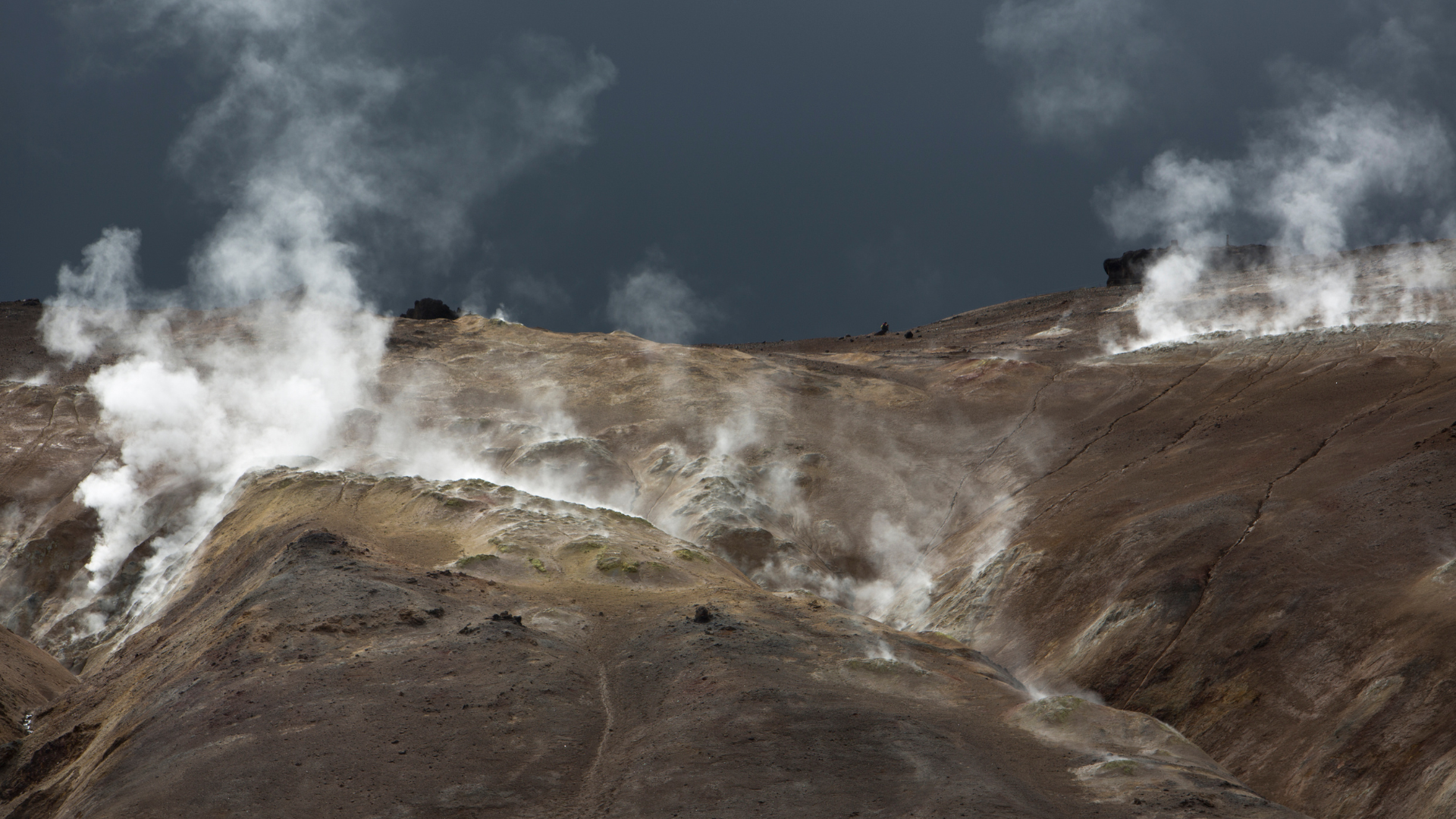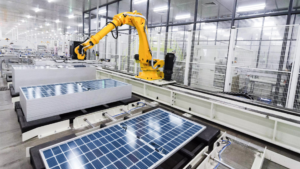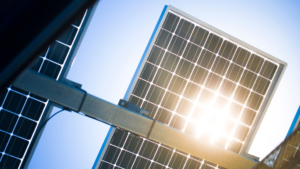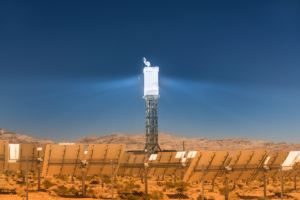Geothermal energy is the heat that comes from the Earth’s interior. It can be used for various purposes, such as heating, cooling, and electricity generation. Geothermal energy is considered a renewable and clean source of energy, as it does not emit greenhouse gases or other pollutants. However, geothermal energy is not widely used, mainly because of the high cost and risk of exploring and developing geothermal resources.
In this blog post, we will review some of the recent breakthroughs in geothermal energy that could change this situation and make geothermal energy more accessible, affordable, and sustainable.
Mapping submerged geological structures
One of the challenges of geothermal exploration is to locate and characterize the underground structures that contain hot water or steam. This is especially difficult when these structures are submerged under water bodies, such as lakes or oceans. A team of scientists from Germany, Iceland, and Norway has developed a method that allows the mapping of submerged geological structures using electromagnetic signals. The method is based on measuring the variations in the electric and magnetic fields caused by the presence of geothermal fluids. The method can provide information about the depth, shape, size, and permeability of the geothermal reservoirs, which are essential for planning and designing geothermal wells and power plants.
Developing breakthrough drilling technology
Another challenge of geothermal development is to drill deep enough to reach high-temperature geothermal resources. Conventional drilling methods are expensive, slow, and prone to technical failures when dealing with hard rocks and high pressures. A company called Deep Power is developing a breakthrough drilling technology that uses electric pulses to fracture and melt the rocks, creating a smooth borehole that can reach depths of up to 10 kilometers. The technology also uses a closed-loop system that recycles the drilling fluid, reducing water consumption and environmental impact. The technology could enable access to Earth’s unlimited source of green geothermal energy.
Conducting experiments at volcanoes
Volcanoes are natural sources of geothermal heat, but they are also associated with high risks of eruptions and earthquakes. However, some researchers are conducting experiments at volcanoes to test new ways of enhancing geothermal power production. For example, an experiment is being conducted at Newberry Volcano, the largest volcano in the Pacific Northwest, aiming for a breakthrough in geothermal energy. The experiment involves injecting cold water into hot rocks at depths of 2 to 3 kilometers, creating artificial fractures that increase the permeability and productivity of the geothermal reservoir. The experiment also monitors the seismic activity and the chemical composition of the water to assess the potential impacts and benefits of the technique.
Pumping water underground
A novel approach to geothermal power generation is to pump water underground and then hold it there, watching for what would happen. This is what a geothermal power startup called Fervo Energy is doing in northern Nevada. The company is using horizontal drilling and hydraulic fracturing techniques to create a network of fractures in hot rocks at depths of 3 to 4 kilometers. Then, the company pumps water into these fractures and lets it heat up for several months. Finally, the company releases the water back to the surface through production wells, where it powers turbines to generate electricity. The company claims that this method can produce more power per well than conventional geothermal methods.
Scaling up geothermal deployment
Geothermal energy has a huge potential to contribute to the global energy transition, but it still faces many barriers and challenges. To overcome these obstacles, several initiatives have been launched to scale up geothermal deployment around the world. For example, the Global Geothermal Development Plan (GGDP) was launched by Energy Sector Management Assistant Program (ESMAP) in 2013 with ambitious plans to scale up the use of geothermal power by focusing on the primary obstacle: the cost and risk of exploratory drilling. By raising concessional financing, creating knowledge and providing technical assistance to overcome this obstacle, the GGDP furthered geothermal exploration and development across the globe that to date, has resulted in 241MW geothermal power capacity coming online in Turkey with a further 600MW in the pipeline in Indonesia.
Another initiative is the International Energy Agency’s (IEA) Geothermal Technical Collaboration Program (TCP), which publishes annual reports on international geothermal capacity and usage, as well as an assessment of current and recent RD&D initiatives. According to its latest report, published in 2021, the United States remained the leader in installed geothermal capacity with approximately 3.673 gigawatts (GW), representing close to 25% of the world’s total online capacity. However, other countries are also advancing in geothermal development, such as China, Turkey, Iceland, Japan, and Hungary.
Geothermal energy is a promising source of renewable and clean energy that can provide baseload power, heating, and cooling for various sectors and applications. However, geothermal energy still faces many technical, financial, and environmental challenges that hinder its widespread adoption. The recent breakthroughs in geothermal energy that we have reviewed in this blog post show that there is a lot of innovation and progress happening in this field, which could make geothermal energy more accessible, affordable, and sustainable in the near future.
